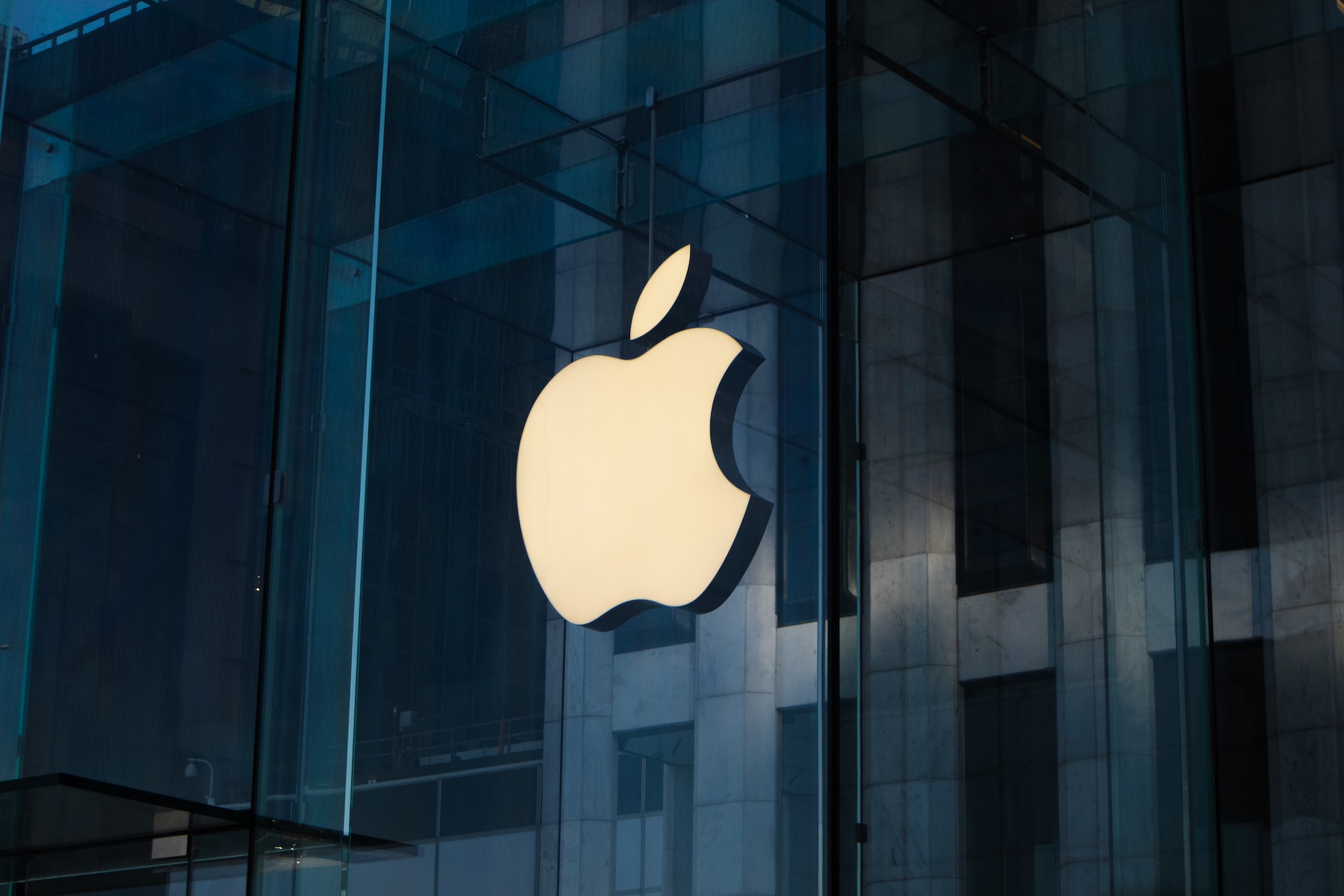Some links on this post may link to affiliate pages that offer compensation to the author of this post.
Virtual reality (VR) technology has come a long way since its inception, captivating users with its immersive and lifelike experiences. With the introduction of VR headsets, individuals can now transport themselves to artificial realities and explore new worlds from the comfort of their own homes. However, as the VR industry continues to evolve, there is a growing need for innovation to push the boundaries of what this technology can achieve. While VR has made significant strides in recent years, we recently wrote about how terrifying it is that the Meta Quest 3 is not selling well… The current state of virtual reality presents both opportunities and challenges that require innovative solutions both of which are currently lacking. Users crave more realistic graphics, improved motion tracking, and enhanced sensory feedback to truly feel immersed in their virtual environments. In 2024, Apple is slated to release their VR headset and it has us wondering if Apple’s Vision Pro headset could be slated to save the VR industry
Could Apple’s Vision Pro VR Headset Save the VR Industry?
Apple’s entry into the virtual reality market with its highly anticipated Vision Pro VR headset has the potential to be a game-changer in the industry. With Apple’s reputation for innovation and sleek design, consumers are eagerly awaiting the release of this cutting-edge device.
Apple’s VR impact starts with its ecosystem…
Apple’s vision for VR goes beyond just creating a superior headset. They aim to revolutionize how we interact with technology by incorporating their signature user-friendly interface and intuitive controls into the VR experience. By combining their expertise in hardware and software design, Apple is positioning itself as a leader in shaping the future of virtual reality.
With its loyal customer base and reputation for quality, Apple has the potential to attract mainstream consumers who may have been hesitant to adopt virtual reality technology in the past. This could lead to increased adoption rates and further advancements in VR technology as other companies strive to keep up with Apple’s innovative offerings.
Famously, Meta has struggled to sell the VR headset as a good work accessory, play accessory, or anything that a definitive group of users wants to use. It has a massive social media ecosystem but has not been able to capitalize on that ecosystem in the VR space.
Comparing Apple’s Vision Pro with Meta Quest and Other Leading VR Headsets
One of the key advantages of Apple’s Vision Pro is its seamless integration with Apple’s ecosystem. With its powerful hardware and software combination, users can expect a smooth and intuitive experience when using the headset. Additionally, Apple’s reputation for delivering high-quality products ensures that the Vision Pro will meet the expectations of even the most discerning VR enthusiasts.
In terms of features and capabilities, both Meta Quest and Apple’s Vision Pro offer impressive specifications. However, each headset has its strengths that cater to different user preferences. Meta Quest excels in providing a wireless experience with untethered movement, while Apple’s Vision Pro focuses on delivering exceptional visual quality with its cutting-edge display technology.
Furthermore, Apple’s commitment to privacy and security should not be overlooked. With increasing concerns about data protection in today’s digital age, users can trust that their personal information will be safeguarded when using the Vision Pro.

Quest 2 VR Headset Reimagined by AI
The Future of Artificial Reality: Beyond Virtual Reality
The future of artificial reality holds immense potential beyond virtual reality. While virtual reality has captivated our imaginations with its immersive experiences, augmented reality (AR) is poised to revolutionize the way we interact with the world around us.
Unlike virtual reality, which creates a completely simulated environment, augmented reality overlays digital information onto the real world. This technology has already made waves in industries such as gaming and entertainment, but its applications extend far beyond these realms.
Imagine donning a pair of AR glasses and instantly accessing real-time information about your surroundings – from historical facts about landmarks to nutritional information about the food you’re looking at. In healthcare, AR can assist surgeons with real-time visualizations during complex procedures or provide patients with interactive rehabilitation exercises.
The potential applications of AR/VR in various industries are vast. In architecture and design, professionals can use AR to visualize how buildings will look before construction even begins. Retailers can offer customers virtual try-on experiences or create personalized shopping environments tailored to individual preferences.
Moreover, education could be transformed through immersive learning experiences that bring textbooks to life and allow students to explore concepts in a hands-on manner. And in manufacturing and engineering, AR/VR technologies can enhance training programs by simulating complex scenarios in a safe environment.
As futuristic AR technology continues to evolve, it holds the promise of transforming our everyday lives and transcending traditional boundaries. The possibilities are truly limitless as we embark on an era where the lines between physical and digital realities blur seamlessly.

an example image of using Facetime on Apple VR
Potential Challenges and Limitations for the Success of Apple’s Vision Pro
While Apple’s Vision Pro has generated a lot of excitement in the tech world, some potential challenges and limitations may impact its success. One of the primary concerns is pricing. Apple products are often associated with premium price tags, and this may deter some consumers from adopting the Vision Pro.
Software Compatibility for Non-Native VR Apps
Another challenge lies in software ecosystem compatibility issues. As with any new technology, there may be compatibility issues with existing software and applications. This could result in a limited user experience or require additional investments to ensure seamless integration.
If you have an iPad and have tried to use Instagram, you will know what I mean. It is very poorly optimized because Meta doesn’t see the value of updating the iPad interface of the Instagram app. The same will likely hold for developers who don’t see the value of bringing their apps to VR.
Evey Apple Could Struggle getting VR adopted
Furthermore, consumer adoption challenges cannot be overlooked. While Apple has a loyal customer base, not everyone may be ready to embrace a new vision-based technology. It will be crucial for Apple to effectively communicate the benefits and address any concerns potential users may have.
Despite these challenges, it is important to note that Apple has a track record of successfully overcoming obstacles and creating innovative products that resonate with consumers.
Thanks for reading to the end of this post. If you find the information I provide to be helpful, please consider subscribing.
Disclaimer: None of the information presented on this site constitutes legal, business, tax, or medical advice. In each scenario, it’s recommended to first chat with a medical, legal, business, or tax professional before making any decisions.



